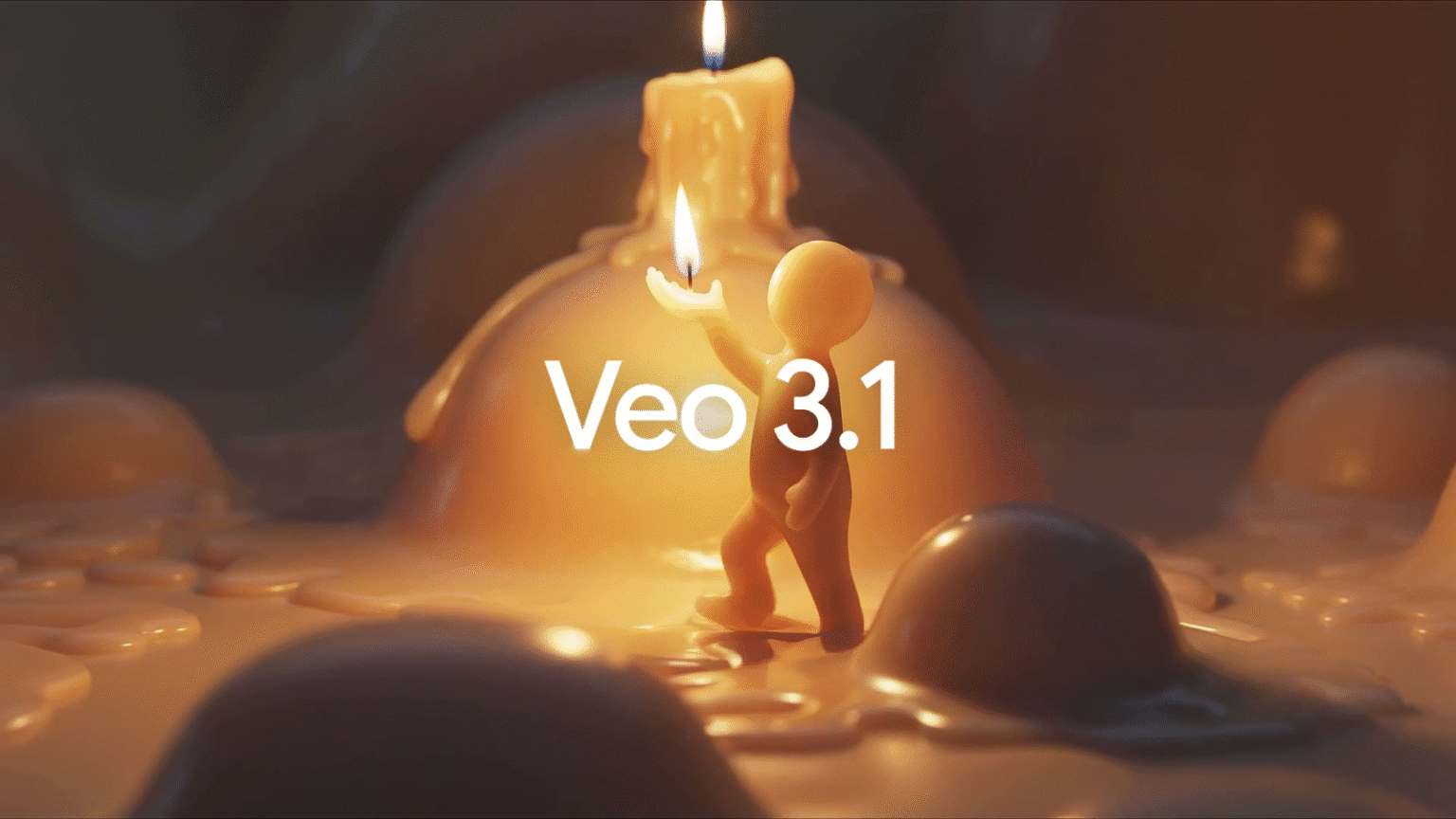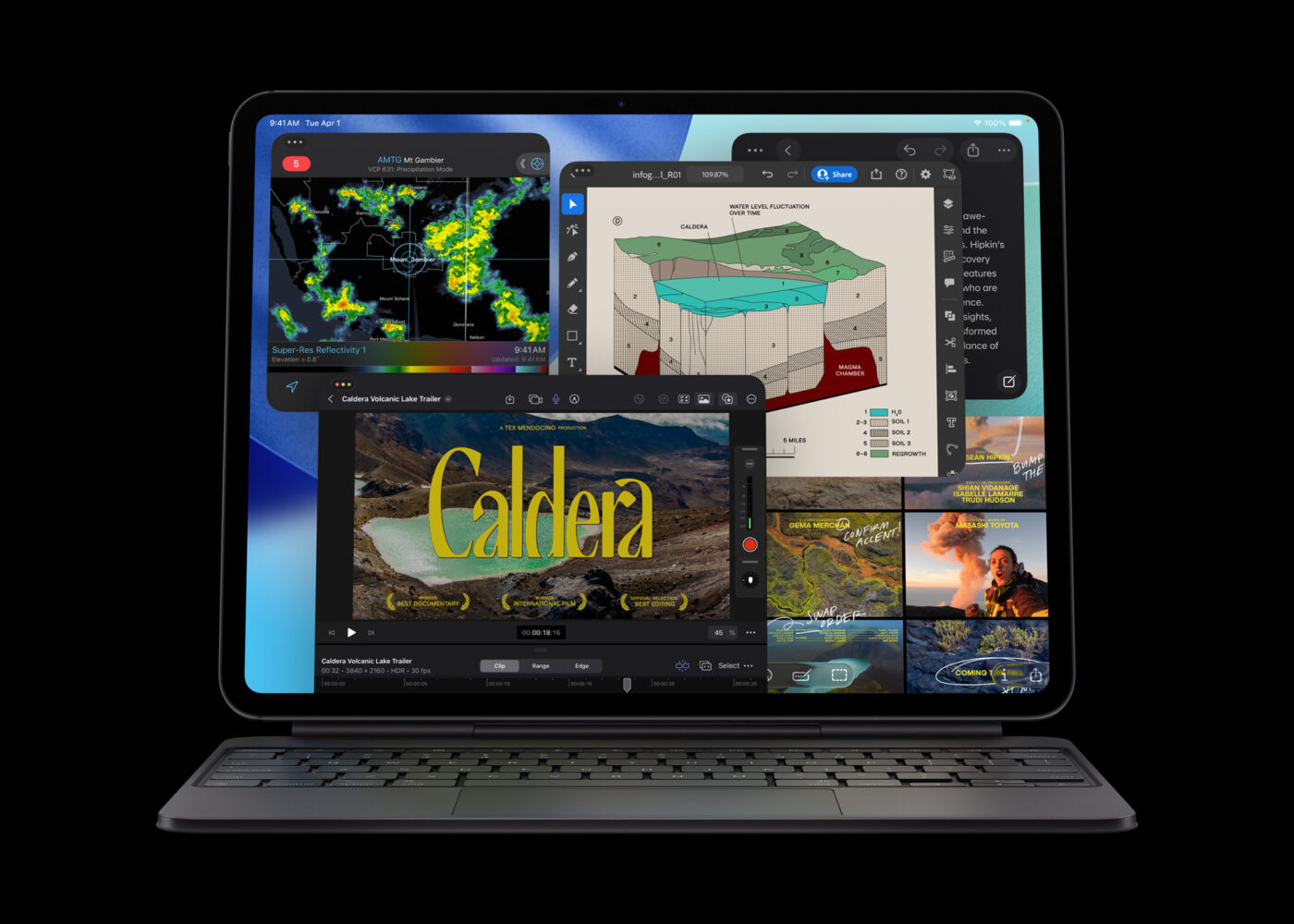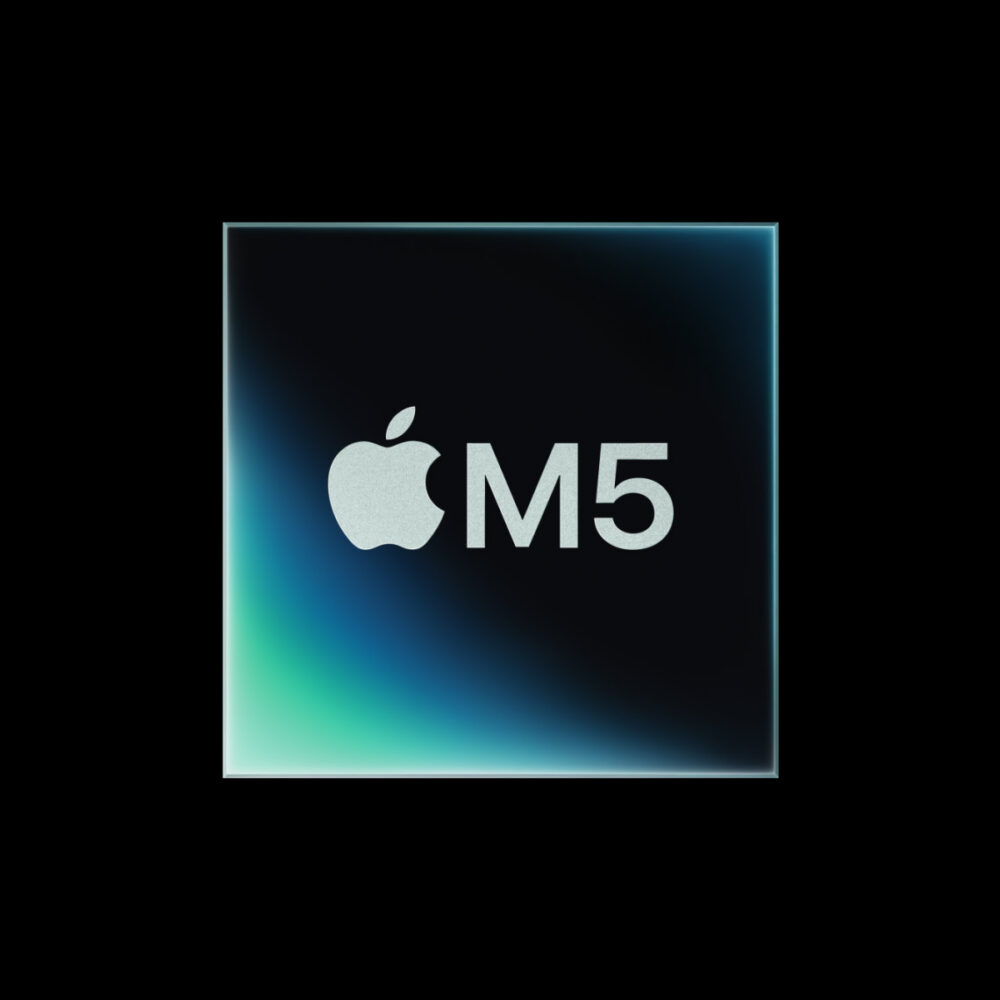Google has begun rolling out Veo 3.1, the latest version of its AI video generation model, expanding its reach across the company’s Gemini ecosystem and the Flow filmmaking tool. The update builds on earlier versions by emphasizing higher visual realism, improved audio, and tighter prompt accuracy — features aimed at making AI-generated videos look and sound more natural, while giving creators finer control over what the system produces.
Veo 3.1 marks another step in Google’s push to integrate generative video tools across its platforms. The model is available through the Gemini app, Vertex AI, and the Gemini API, with a new “Fast” variant designed to lower costs and speed up production for users generating large volumes of content. The Flow filmmaking tool — built around the Veo model — is also gaining new functionality, including support for combining multiple reference images into a single video sequence, extending clips, and syncing AI-generated visuals with corresponding audio tracks.
One of the major improvements in Veo 3.1 is its ability to handle both landscape and portrait formats. Earlier versions were limited to 720p landscape output, but the growing dominance of vertical video on social platforms has pushed Google to accommodate 16:9 portrait mode. This change makes Veo 3.1 more compatible with content destined for YouTube Shorts, TikTok, and similar vertical-first video platforms.
Google also says the model can now perform more precise scene edits. Users can insert or remove individual objects within a clip without altering the rest of the frame — a capability previously limited to high-end visual effects tools. These features will first appear in Flow and the developer API, though object removal isn’t yet available in Flow’s public release.
The Veo project began earlier this year and quickly gained attention for the speed of its progress. The company’s vast archive of YouTube content has reportedly played a major role in training the system, helping it achieve a level of realism that rivals competing models such as OpenAI’s Sora. The timing of Veo 3.1’s release suggests Google is eager to maintain its momentum in the increasingly competitive AI video landscape, where both accessibility and authenticity are now key concerns.
As Veo 3.1 becomes available across Google’s services, the line between AI-generated and real footage will become even harder to spot — a development that may excite filmmakers but also raise familiar questions about transparency, authorship, and the future credibility of online video.







